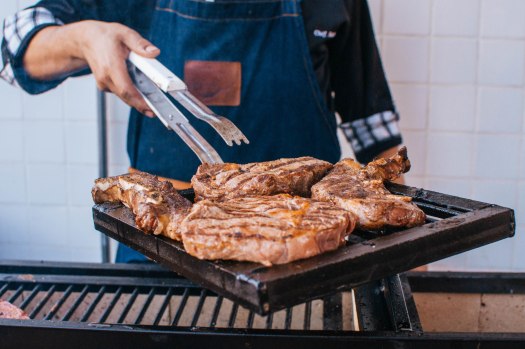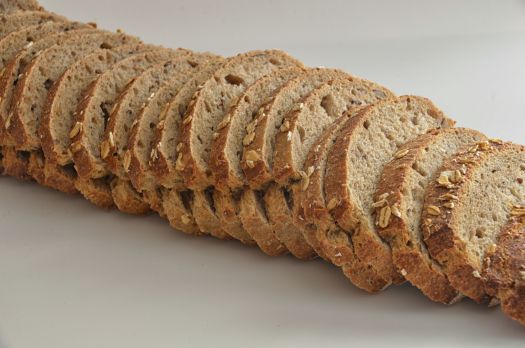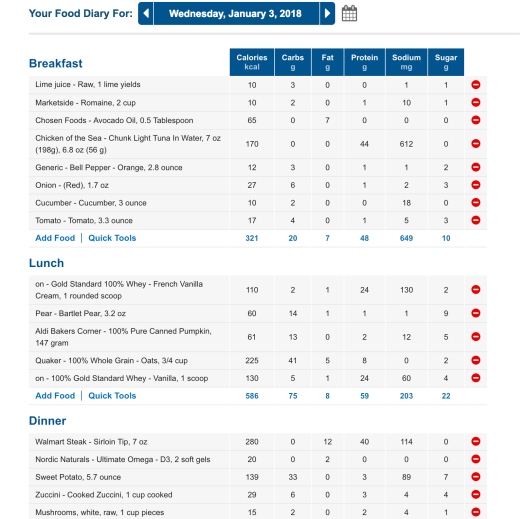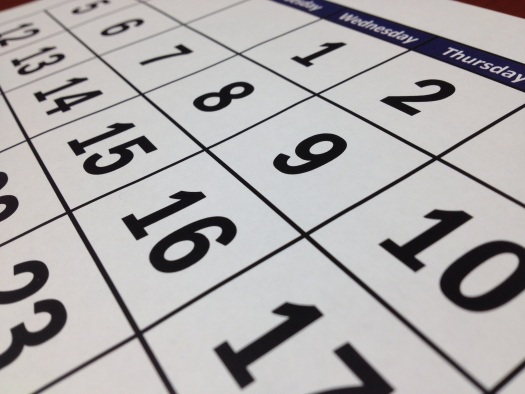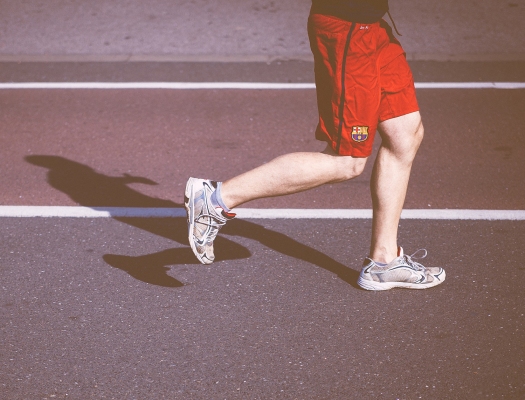I used to think getting in shape was complicated.
After my initial success losing weight, I got swept up in several fitness fads. I believed that unless I fasted for exactly 8 hours per day and removed certain foods from my diet, I would never reach my ultimate fat loss goal. As you might expect, this created unnecessary stress and didn’t get me much closer to where I wanted to be.
Read more: Why popular diets don’t work (and what to do instead)
My perspective on this issue has changed tremendously over the last 7 years. Whereas I once believed there were “secrets” to losing weight and keeping it off, I now believe in the power of mastering the fundamentals.
The old me chased quick-fixes, present me is working to build sane and sustainable habits that truly matter for myself and my clients.
The fitness industry wants you to think fat loss is complicated. But in reality, you only need to do a few things to lose fat. My old coach Bryan Krahn calls these factors “big rocks.” If you want to experience success, focus on moving all the big rocks before getting caught up in the noise and unimportant details.
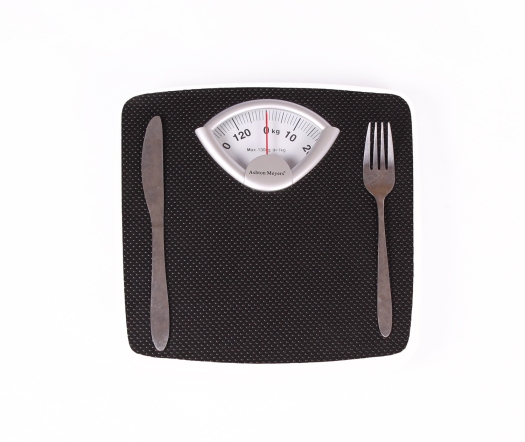
Sustained caloric deficit
We need to consume fewer calories than we burn over the course of many weeks and months to lose fat. This is the most important factor in successful fat loss.
No special diet or meal plan (keto, intermittent fasting, paleo, vegan, etc.) can counteract the ultimate importance of caloric balance. These diets work because they help us cut back on calories, not because they provoke any magical changes in the body. The sooner we accept we will have to eat less to lose fat, the faster we steer ourselves onto the right path.
Many of us are clueless about the caloric content of our favorite foods or underestimate the total amount we are consuming. If you feel you are eating “healthy” but aren’t losing weight, try logging your food honestly. I have had many clients return to me shocked at all the sneaky ways they were actually eating more than they thought. Even if you only track your food for a few days, you may gain some useful insights on ways to cut back on calories.
If you’ve honestly tracked your food and you still aren’t satisfied with what you’ve found, you might want to talk with a doctor. Certain medical conditions can interfere with fat loss even in the presence of a caloric deficit. However, in my experience this only affects a small percentage of people struggling to lose weight.
Regular exercise
Exercise is often the first place people start when trying to lose weight. And although it’s not truly essential for fat loss, exercise has innumerable benefits and can make the process of changing your body much more rewarding.
Exercise is also a keystone health habit. This means if you start exercising regularly, you may also be inspired to clean up your eating and address other unhealthy habits. This cumulative effect of these changes makes it much more likely you will reach our fat loss goals.
A blend of cardio and strength training is most effective. Cardio promotes recovery and can help burn a few extra calories in the later stages of a diet. Strength training ensures you hold on to as much muscle as possible which keeps your metabolism revving. Muscle also helps create the toned, lean look most people want after shedding body fat. Prioritize strength training first and be careful not to overly rely on cardio.
Read more: I’m New to the Weight Room. Where Should I Start?
Be as active as you possibly can be outside the gym. The extra calories you burn walking instead of driving, taking the stairs, getting a standing desk at work, and participating in physical hobbies really add up. This is one of the easiest ways to influence the caloric balance equation without adding much extra time to your already busy schedule.

Sleep and Stress Reduction
Dieting is stressful on the body. Your body can’t tell the difference between diet stress, work stress, home stress, or actual life-threatening stress like being chased by a lion.
For best results, reduce other stresses in your life. If you try to diet during your busiest time at work or when you have lots of travel planned, you are setting yourself up for failure. Too much stress can lead to a host of health problems in addition to making it nearly impossible to stick with your diet and training plan.
Read more: Stress, the silent results killer
Getting enough sleep makes everything else easier as you diet. Sleep is essential to help your body recover from training. It also helps reduce food cravings and provides energy for your workouts. If you can’t get uninterrupted sleep at night, try adding in a 20-minute power nap during the day.
Bonus: Patience, Consistency, and Time
Even if you do everything discussed above, you won’t make any progress unless you stick with it for many weeks and months. Those dramatic, rapid transformations you see online are the exception, not the rule. Unfortunately, it often takes much longer than anticipated to see the changes you want and many people simply give up when things get hard.
I encourage you to make a mindset shift regarding fat loss. Instead of viewing your goal weight as a destination you will arrive at, view fat loss as part of an ongoing process to transform your life in a healthy way. If you can learn to enjoy the day-to-day process (training, cooking, shopping, stress-reduction, etc.), you will enjoy much more long-term success.
Read more: 3 Mindset Shifts That Helped Me Lose 70lbs and Keep it Off
Aiming for perfection sets you up to fail. Instead, pick one or two big issues to tackle right away and execute them with ruthless consistency for 2 to 4 weeks before adding more to your plate.
These steps are simple, but not easy. Practice patience, embrace the process, and understand that changing your body often takes much longer than anticipated.
Are you struggling to lose weight and keep it off despite your best efforts? Join me in a free webinar to learn how to avoid the common dieting mistakes that are standing in your way.






